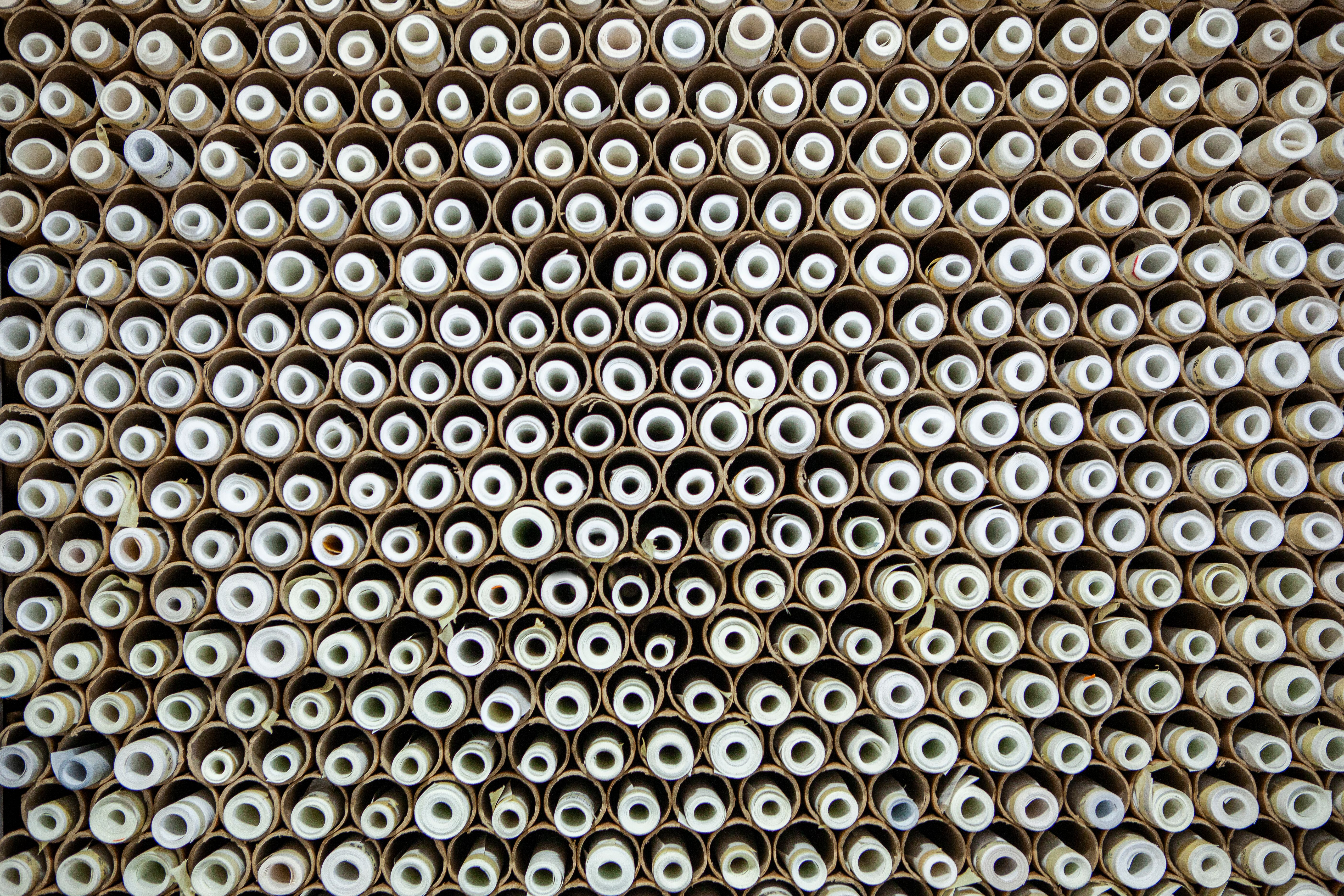The Future of Baby Clothing Manufacturing
Innovations in Sustainable Materials
The future of baby clothing manufacturing is being shaped by the growing demand for sustainable materials. Parents are increasingly concerned about the environmental impact of their purchasing decisions, leading manufacturers to explore eco-friendly alternatives. Organic cotton, bamboo, and recycled materials are becoming staples in baby clothing production, offering soft and safe options for infants while reducing environmental footprints. As these materials become more widely available, we can expect to see a significant shift in industry standards.
Industry leaders are investing in research to develop even more sustainable fabric options. Innovations such as biodegradable textiles and water-efficient production processes are on the horizon. These advancements promise not only to enhance the quality of baby clothes but also to contribute positively to the environment.

Technological Advancements in Manufacturing
Technology is revolutionizing the way baby clothing is manufactured. Automation and robotics are making production lines more efficient, allowing for faster and more precise manufacturing processes. This technology not only improves the quality of garments but also reduces labor costs and minimizes human error.
Furthermore, 3D knitting technology is gaining traction in the industry. This innovative method allows for the seamless production of garments, reducing fabric waste significantly. By using computerized knitting machines, manufacturers can create intricate designs and patterns with minimal material usage, enhancing both sustainability and creativity in baby clothing.

The Role of Artificial Intelligence
Artificial intelligence (AI) is playing a crucial role in the future of baby clothing manufacturing. AI-driven analytics enable companies to predict fashion trends and consumer preferences, allowing for more targeted production. This results in better inventory management and reduced waste as companies can adapt quickly to changing demands.
Moreover, AI can optimize supply chains by predicting potential disruptions and suggesting alternatives. This adaptability ensures a steady flow of materials and products, ultimately benefiting both manufacturers and consumers.
Customization and Personalization
The demand for personalized baby clothing is on the rise. Parents are seeking unique, custom-made garments that reflect their personal tastes and values. The future of baby clothing manufacturing will likely see an increase in on-demand production models, where consumers can design their own clothes online and have them manufactured promptly.

This trend towards customization is made possible by advancements in digital printing technologies. These technologies allow for high-quality prints on various fabrics, enabling endless design possibilities without compromising on comfort or safety for babies.
Ethical Manufacturing Practices
As consumers become more conscious of ethical issues, there is a growing emphasis on fair labor practices within the baby clothing industry. Companies are being held accountable for ensuring safe working conditions and fair wages for their workers. The future will likely see increased transparency in supply chains, with brands showcasing their commitment to ethical practices.
Certifications such as Fair Trade and Global Organic Textile Standard (GOTS) are becoming important markers of ethical production. Brands that adhere to these standards are gaining consumer trust and loyalty, setting a new benchmark for the industry.

The Impact of E-commerce
The rise of e-commerce has transformed how parents shop for baby clothes. Online platforms offer a wide variety of styles, materials, and price points, making it easier than ever to find the perfect outfit for any occasion. The convenience of shopping from home has led to increased competition among manufacturers to provide high-quality products at competitive prices.
In response to this shift, many companies are enhancing their online presence with engaging content, user-friendly websites, and efficient delivery services. The ability to reach a global audience has opened new markets for baby clothing manufacturers, further driving innovation and growth in the industry.
